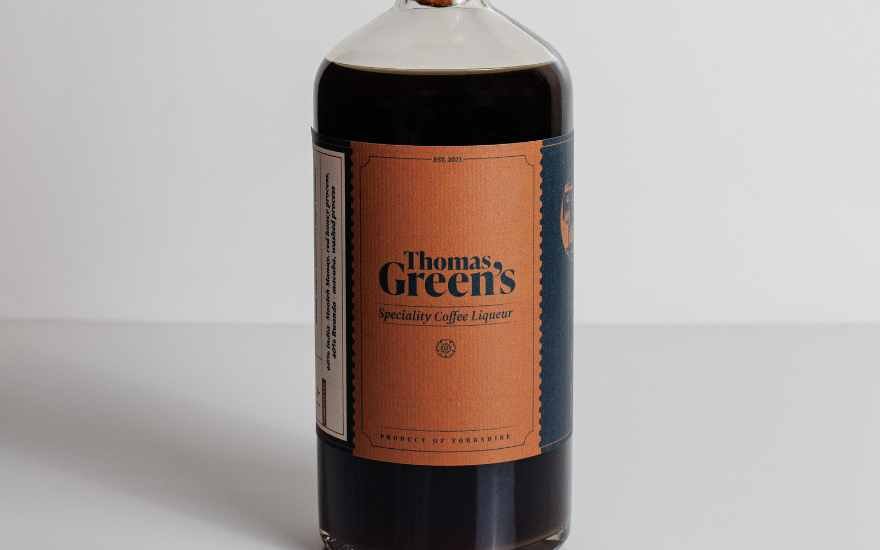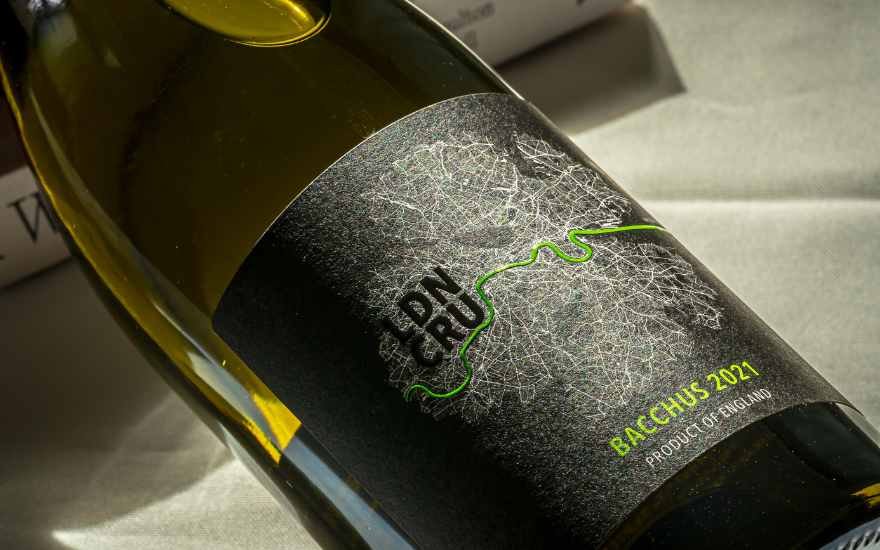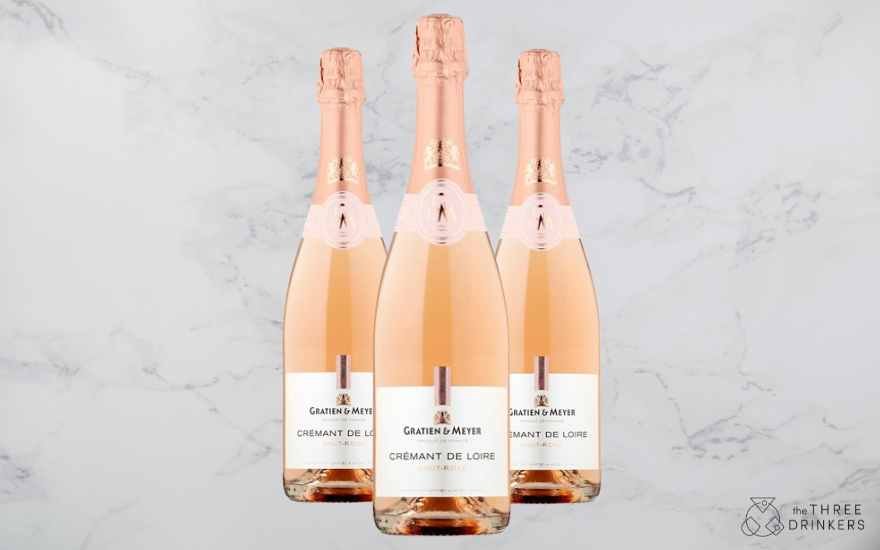Everyone loves a good drink that pairs perfectly with their meal, whether in a restaurant or at home. The standard choice of familiar wine with a meal is a wise one, as you are presented with complexity and depth in flavour straight from the bottle, however, there is a whole world of more unexpected pairings that are well worth exploring.
The act of pairing food and drink together is as much a science as it is an art. There are set recipes of which kinds of drinks pair well with which kinds of food. However, there are ways to be creative within these rules! You can follow the route of complimentary flavours, for example, pairing the salty sweetness of oysters with a high salinity single malt whisky such as Talisker 10-Year-Old, or use the method of contrasting flavours, that when paired together give a well-rounded flavour profile hitting all those flavours - salty, sweet, bitter, acidity, umami and spice.
The pairings we will be looking at in this article may be outside your usual recommendations but hopefully expand your horizons of dreamy food and beverage pairings!
SUBCONTINENTAL BARBECUE + BLANC DE BLANC CHAMPAGNE
Going to a subcontinental barbecue restaurant is almost a parallel experience to going out for tapas. With an array of dishes for the table rather than a dish per person, dish-specific pairings become nearly impossible and we must look at a common theme between all the food at the table. In this scenario, the predominant flavours are the spice blends used, the tang of the yoghurt marination, and the smoke from the fire of the barbecue. These flavours hit the mark with salt (seasonings), bitter (charcoal fire cooked), umami (meats and spinach), and obviously, spice from the spices, meaning we are left without sweetness and acidity.
Suggesting champagne to bring sweetness to a pairing might sound bizarre, but the buttery brioche notes of a 100% Chardonnay Blanc de Blanc contrast with the heat and slight bitterness of the fire-cooked spread bringing an implied sweetness that refreshes the palate and tempers the spice, despite the crisp carbonation. The bright fresh orchard fruit flavours of granny smith apples and stone fruits such as peach bring forth another dimension of sweetness while also offering a sharp malic acidity that rounds out a divine pairing that may seem sacrilegious to some.
Nicolas Feuillatte Blanc de Blancs
The next time you fancy going to your local BYOB curry house, we recommend bringing along a bottle of Nicolas Feuillatte Blanc de Blancs for something cheap and cheerful with no compromise on quality.
Size: 750ml
ABV: 12%
Find here: £36.99
Champagne PIAFF Blanc de Blancs NV
If you are celebrating an occasion and want to have a brilliant bottle of bubbles to match, we recommend Champagne PIAFF Blanc de Blancs NV from Amathus Wines!
Size: 750ml
ABV: 12%
Find here: £69.30
NEW YORK CHEESECAKE + A FRENCH 75
You are out for dinner and have enjoyed your meal over a brilliantly paired bottle of wine with company, and your waiter brings over the dessert menu which contains an incredible-sounding New York-style cheesecake. The only problem is, you feel a little wined out and a full glass seems a little bit too much. Look no further than the most famous Champagne cocktail on the planet!
This pairing looks at complimentary flavours of sweet, acid, and salt. A tangy, sweet cheesecake with a salty-sweet biscuit base is elevated by the botanicals of the gin (ideally a citrus-forward London dry-style gin). The lemon juice boosts the presence of the lactic acidity from the cream cheese, and the champagne with notes of citrus, nuts, and fresh fruits such as peaches, apricots, and pears can even be used in place of garnishing the cheesecake with fresh fruits. The buttery, nutty notes of the champagne interact with the biscuit base in a way that simply sets up the pairing for success!
If you happen to have a cheesecake at home with no gin or lemons, or even if you are feeling cocktailed out, high-acid Champagne will even do the trick in a pinch!
CRAB + AMONTILLADO SHERRY
If you, like myself, are a lover of the fruits of the sea, this pairing is not one to miss! The sweet sea-salty flavours of crab find a surprising match with the nutty dryness of Amontillado sherry.
The pairing I experienced was at Hawksmoor’s beautiful Edinburgh location; their Eyemouth crab on toast was paired with the iconic Lustau Bodega’s Amontillado Sherry. The pairing, however, will work in more than this format. This sherry works incredibly well with a spicy crab fried rice or even a crab cake.
The aromatic notes of the sherry, of hazelnuts, and a mix of fresh and dried herbs season the crab as you sip and bite in conjunction, while the whisper of tobacco on the back palette of the sherry works even more wonders if your plate of crab has been cooked on the grill. It’s not just the sherry that elevates the crab either, as the natural salty-sweet profile of the crab acts as a flavour enhancer making all the nutty, raising flavours of the sherry sing even louder. Truly a pairing that reminds me why I love food and drink.
Lustau Amontillado Sherry
Size: 750ml
ABV: 18.5%
Find here: £26.50
GORDAL OLIVES + CREME DE CACAO BLANC
This savoury sweet pairing is light on the booze and the budget, and is perfect for a summertime post-lunch, pre-dinner snack!
Gordal olives have a meaty texture, with a nice crunch. Their sharp acidity and short finish of chilli spice and seaweed brinyness make an incredible pairing when contrasted by the soft, and delicately layered Creme de Cacao White from Gabriel Boudier. The liqueur has a very delicate nose reminiscent of a more “masculine” cologne that has started to fade with notes of sandalwood, white chocolate, cacao, dark roasted coffee beans, and orchard fruits. On the palate, however, you are hit with a wave of rich white and milk chocolates, followed by heavy cream and hints of red fruit such as strawberries and cherries, before a long buttery finish reminiscent of good vanilla ice cream.
Olives are great on their own, but this pairing truly does end up greater than the sum of its parts. As these two potent flavours fight for the spotlight, they end up enhancing each other and result in a pairing that is light on the stomach yet still jam-packed full of flavour!
Gabriel Boudier Creme De Cacao
Size: 500ml
ABV: 15%
Find here: £16.99
NASHVILLE HOT CHICKEN + LISTAN BLANCO
It’s a difficult thing to not love fried chicken. It’s equally difficult to not love a crisp cold glass of white wine, although usually not in conjunction. This pairing makes the exception to this rule as they contrast against each other beautifully.
Nashville Hot and Listan Blanco are not the most popular forms of their base products, as they each bring a signature flavour characteristic that falls under the love-it-or-hate-it category. Nashville Hot is, well, very hot, as the hot oil used to fry the chicken is then poured over cayenne, chile, black pepper, onion powder, paprika, salt, and sugar to form a chilli oil that the chicken is then drenched in.
On the other side of the coin, Listan Blanco has a very sulfurous quality. With fresh-struck matchstick on the nose, alongside curry powder aromatics and a strong minerality that reminds you of bathing in a mud bath. The palate lends itself to being savoury and mineral-forward, with flavours of fresh citrus zest which allows the floral quality of the chilies in the chili oil. The savoury funk of the wine also tempers the spice of the wine and allows more sweetness to come through.
When paired together, these two somewhat polarising forms of long-standing beloved classics become infinitely more approachable as their unique qualities come together for a bite with tempered spice and a sip with tamed sulphur notes.
If you cannot find Listan Blanco on the shelves of your local supermarket or bottle shop, we commend Borja Perez Viticultor, Listan Blanco, Artifice, 2019 from the Justerini & Brooks portfolio.
Listan Blanco
Size: 750ml
ABV: 12.5%
Find here: £19.40
By Fowwaz Ansari
































































